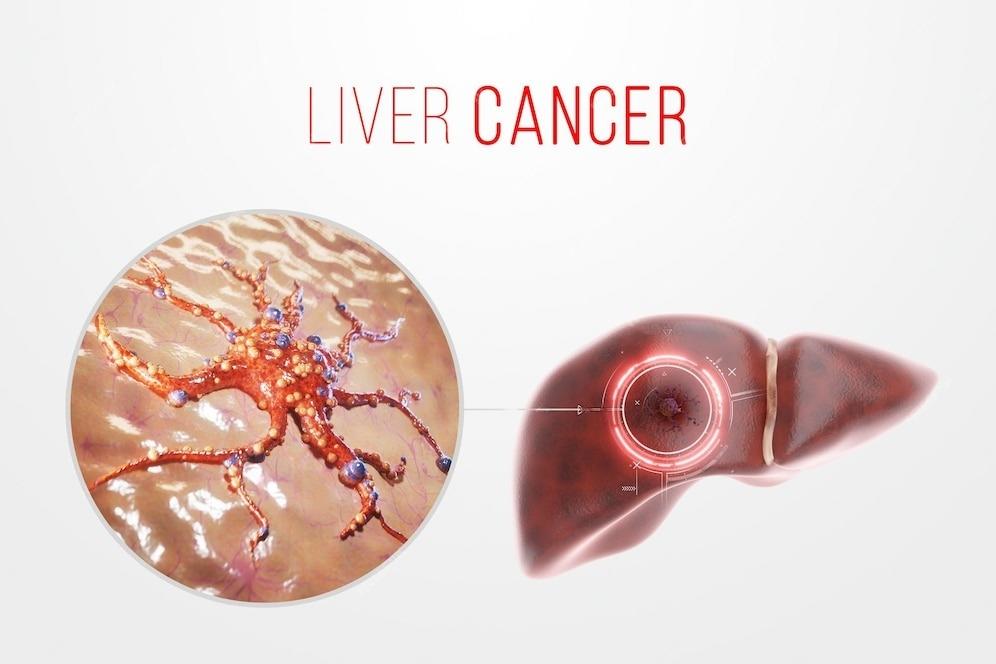Liver cancer is one of the leading causes of cancer-related deaths globally. Understanding its global impact through statistics helps highlight the critical need for prevention and treatment strategies. The incidence of this aggressive disease is rising in many regions, especially in countries with high-risk factors such as hepatitis B, hepatitis C, and excessive alcohol consumption. The following guest post outlines how current cancer statistics help us understand the global burden of liver cancer and what can be done to reduce its impact.
Global Overview of Liver Cancer
Liver malignancies are among the top six most common cancers worldwide. They pose a severe threat to global health, with more than 905,700 new cases reported in 2020. Unfortunately, the death rate remains alarmingly high, with over 830,000 deaths in the same year. This data emphasises the global scale of the issue and why it is crucial to address the factors contributing to the growing number of patients diagnosed with this cancer.
Understanding Regional Differences in Liver Cancer Cases
Different regions of the world experience liver-related cancers at varying rates, largely due to disparities in healthcare infrastructure, vaccination programs, and lifestyle factors. In East Asia, liver diseases have been highly prevalent, but thanks to prevention strategies, the rates have dropped by 60% over the last 20 years. In contrast, high-income countries like the United States and Australia are experiencing a rise in new cases, driven by increasing rates of obesity and type 2 diabetes. Countries such as Egypt and Mongolia have some of the highest incidence rates, mainly due to hepatitis B infections. Additionally, sub-Saharan Africa is witnessing rising concerns due to limited access to healthcare services and screening programs, further complicating efforts to curb the disease.
Major Risk Factors Leading to Liver Cancer
Several risk factors are closely linked to the development of this form of cancer. Hepatitis B and hepatitis C are the most common causes, accounting for approximately 30% and 21% of liver-related deaths. Alcohol consumption also plays a significant role, contributing to 17% of all cases globally. Additionally, the rise in obesity and type 2 diabetes is a growing concern, particularly in developed countries. These factors further highlight the importance of addressing lifestyle changes and the role of vaccinations in preventing liver disease. Smoking has also emerged as a significant risk factor, compounding the effects of alcohol use and viral infections, thereby increasing the need for comprehensive public health initiatives.
The Role of Cancer Statistics in Understanding Liver Cancer
Cancer statistics are crucial in mapping the global burden of liver disease and helping countries develop strategies for prevention and treatment. By analysing trends over time, governments and healthcare organisations can predict future incidences. Experts predict that by 2040, the number of liver cancer cases will increase by over 55%, unless effective prevention measures are widely adopted. This anticipated rise emphasises the need for global cooperation in tackling the disease.
Preventive Measures and Future Outlook
Prevention plays a vital role in reducing the impact of liver-related cancers worldwide. Vaccination against hepatitis B, treating hepatitis C, and reducing alcohol consumption are essential measures that have already proven effective in lowering incidence rates in some regions. Countries with rising numbers, like those in North America and Europe, must focus on managing the risk factors contributing to the disease. Looking ahead, addressing lifestyle issues such as poor diet and increasing rates of obesity can have a positive effect on reducing future cases. The global health community is also calling for increased attention to screening and early detection, particularly in high-risk populations. Expanding public awareness campaigns about the dangers of liver disease and the steps individuals can take to reduce their risk can drive further progress in combating this life-threatening condition.
Conclusion
Liver cancer continues to be a significant threat to global health. Cancer statistics provide a clear picture of how widespread the issue is, highlighting the need for stronger prevention, early detection, and treatment programs. Countries with higher rates of this disease, such as Egypt and Mongolia, should focus on tackling risk factors like hepatitis infections. Meanwhile, regions with increasing obesity and diabetes rates need to adopt new strategies to prevent further escalation. By prioritising preventive efforts, including lifestyle changes, vaccination, and early detection, we can reduce the future impact of liver cancer worldwide.
